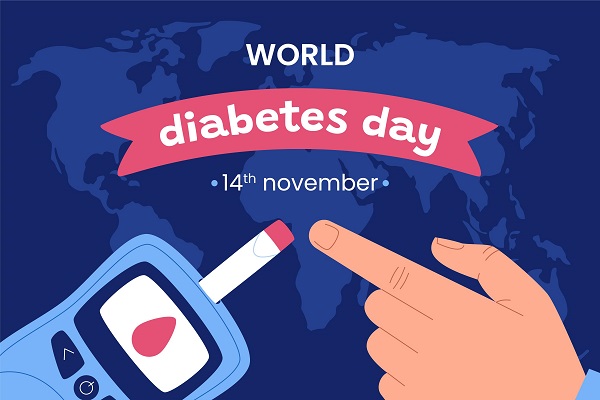Using protection is a must, not only because it can save us from unplanned pregnancies but also from Sexually Transmitted Diseases. Sexually transmitted diseases are no joke, however, only a little concern is given to these diseases. One such sexually transmitted disease is HIV AIDS. Today, we will be learning more about this serious disease and its effects on health in this blog.
Brushing the basics
HIV, which stands for Human Immunodeficiency Viruses, attacks the immune system, precisely the CD4 cells, also called T cells which help the body fight infections. One can contract HIV through sexual contact and via blood and breast milk. If you’re pregnant and have HIV, your baby can have it too.
Things to know about HIV
HIV and AIDS are not the same thing
Most people consider HIV and AIDS the same thing. However, AIDS is the later stage of HIV, where the infection becomes serious without treatment. It is when the immune system becomes damaged. It can take a decade for HIV to transform into AIDS.
However, it must be noted that having HIV doesn’t always mean you will develop AIDS. Even though HIV is not curable, it may be treatable. The treatment can help prevent HIV from progressing into AIDS.
HIV cannot be transmitted through casual contact
There have been a plethora of misconceptions about how HIV spreads. It is clearly a myth that HIV can transfer through casual contact. Owing to this, the stigma and discrimination prevails against people suffering from HIV.
HIV transfers through specific fluids, including semen, breast milk, rectal fluids, pre-ejaculate and vaginal fluids. The mentioned fluids must come in contact with mucous membranes specifically in the vagina, penis, mouth or rectum. Hence, it must be noted that it cannot be transmitted through saliva.
Having said that, if it keeps you worried, sharing dishes, toilets, insect bites, touching sweat or tears, and kisses cannot transmit the virus.
HIV is chronic
Unfortunately, there is no cure for HIV. It is a chronic, aka lifelong condition. This is because HIV inserts in the DNA of the cells, making it incurable.
However, it may be prevented from progressing into severe stages (AIDS) with antiretroviral therapy. With this treatment, people suffering from HIV can live for several years, equal to those who haven’t contracted HIV.
The last stage of HIV can diminish life expectancy to 3 years
HIV needs to be treated. Without treatment, it can develop into AIDS, when the immune system becomes damaged. As AIDS can affect your body’s defence system, you become vulnerable to certain infections and cancers.
If one doesn’t undergo treatment, HIV can turn into AIDS in a matter of a decade, limiting life expectancy to 3 years, or less depending on the person’s age, health and exposure to other serious illnesses.
HIV AIDS makes you vulnerable to infections
HIV affects the immune system in the body. The immune system is responsible for protecting your body from infections and diseases. It’s your body’s own army with White Blood Cells (WBCs) as the fighters.
HIV attacks these WBCs to weaken the body’s defence, weakening it so much that it fails to protect an individual from infections.
Having said that HIV can also impact the respiratory, digestive, cardiovascular, and central nervous systems by causing pneumonia, high blood pressure, oral thrush, reduced appetite, and dementia, to name a few.
There are signs of HIV
HIV infection can be difficult to diagnose in the initial stage as the symptoms can be very well confused with those of flu and cold. One may experience fever, headaches, cough, weight loss, fatigue, diarrhoea, brown rashes, etc.
While these are some common symptoms, some people may not have any symptoms in the first 10 years. Even though the virus replicates rapidly following contraction, the symptoms in early HIV only manifest if the rate of cell destruction is very high. However, this doesn’t establish that the HIV without symptoms isn’t serious.
Closing thoughts
Having authentic information about AIDS is trivial to stay protected, dispels myths, and helps break down barriers. It’s not just about knowing the facts; it’s about fostering empathy, support, and acceptance for those affected. If you are engaging in sexual contact, ensure that you use protection to stay safe and protected against sexually transmitted diseases.




